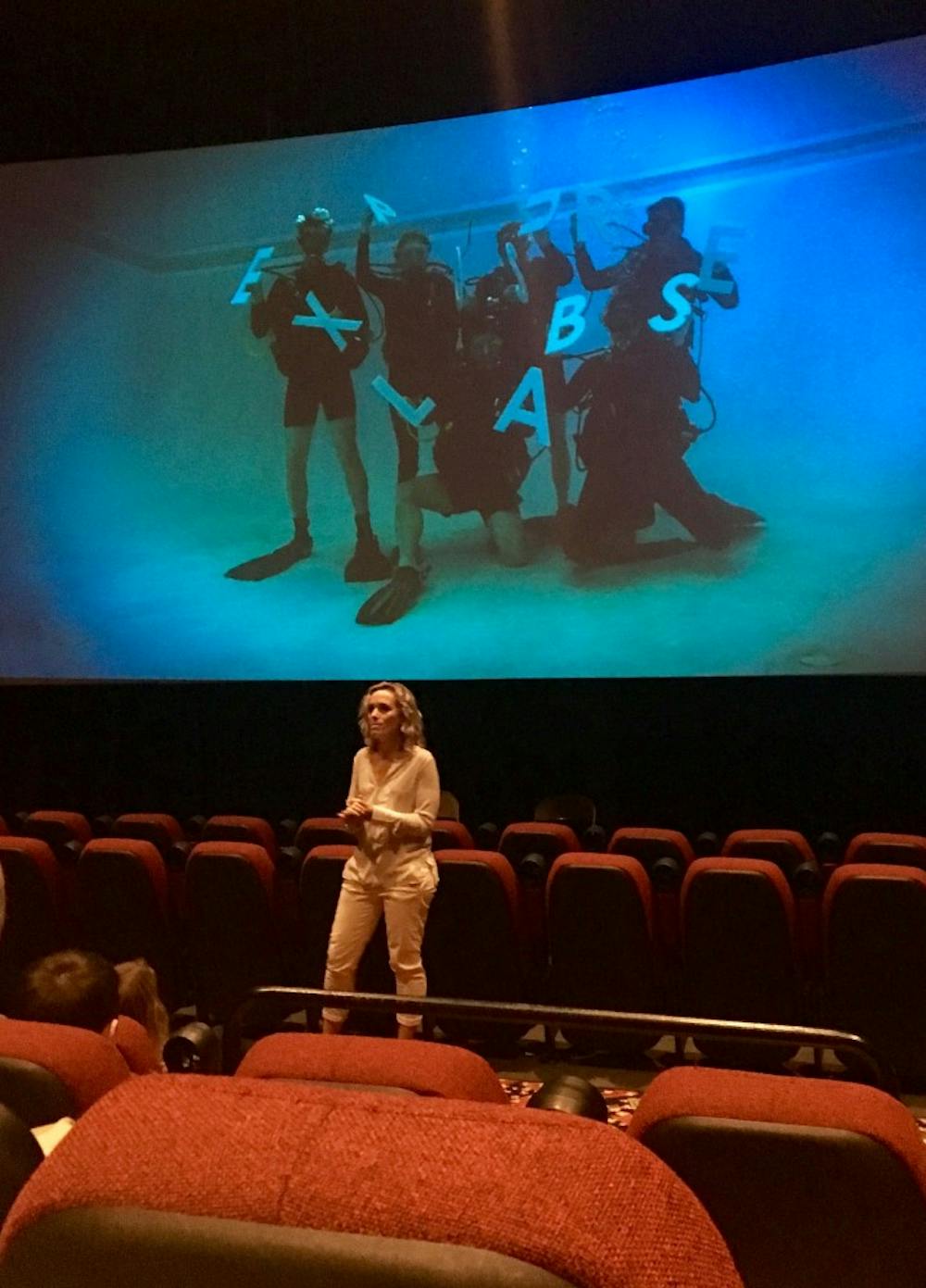“Chasing Coral,” a Sundance award-winning feature, was screened by The Nature Conservancy at the Lumina Theatre Sunday afternoon.
“The film has achieved something that we’ve never been able to achieve before in the study of coral reefs," senior scientist Stephanie Wear said. "It documents a coral bleaching event in its entirety."
Coral bleaching can occur when corals become stressed by changes in conditions such as temperature, they expel symbiotic algae living in their tissues causing them to turn completely white.
Wear introduced the film with a warning that the content is shocking, but it powerfully amplifies the stress signal that the planet emits with coral bleaching.
“My 9-year-old was not just crying, but hysterical sobbing throughout the end of this movie, and it does elicit that sort of reaction,” Elizabeth Kalies, the Conservancy’s North Carolina science director said.
The film begins with Richard Vevers, a former London advertising executive, explaining the lack of awareness with this issue. He explains that unlike many environmental issues, coral bleaching is out of sight and out of mind.
Vevers had seen the effectiveness of media like “Chasing Ice,” a documentary illustrating the rapid rate of the planet’s glacial melt. “Chasing Coral” follows Vevers and expert divers, photographers and scientists in their creation of an underwater time lapse.
In addition to the documentary, the Conservancy offered several additional resources intended to encourage attendees to join the effort.
Viewers were handed postcards pre-addressed to U.S. Sen. Thom Tillis, R-N.C. and U.S. Sen. Richard Burr, R-N.C. These post cards, written by Chasing Coral’s digital community, urged legislators to explore solutions that will reduce emissions and improve our economy.



